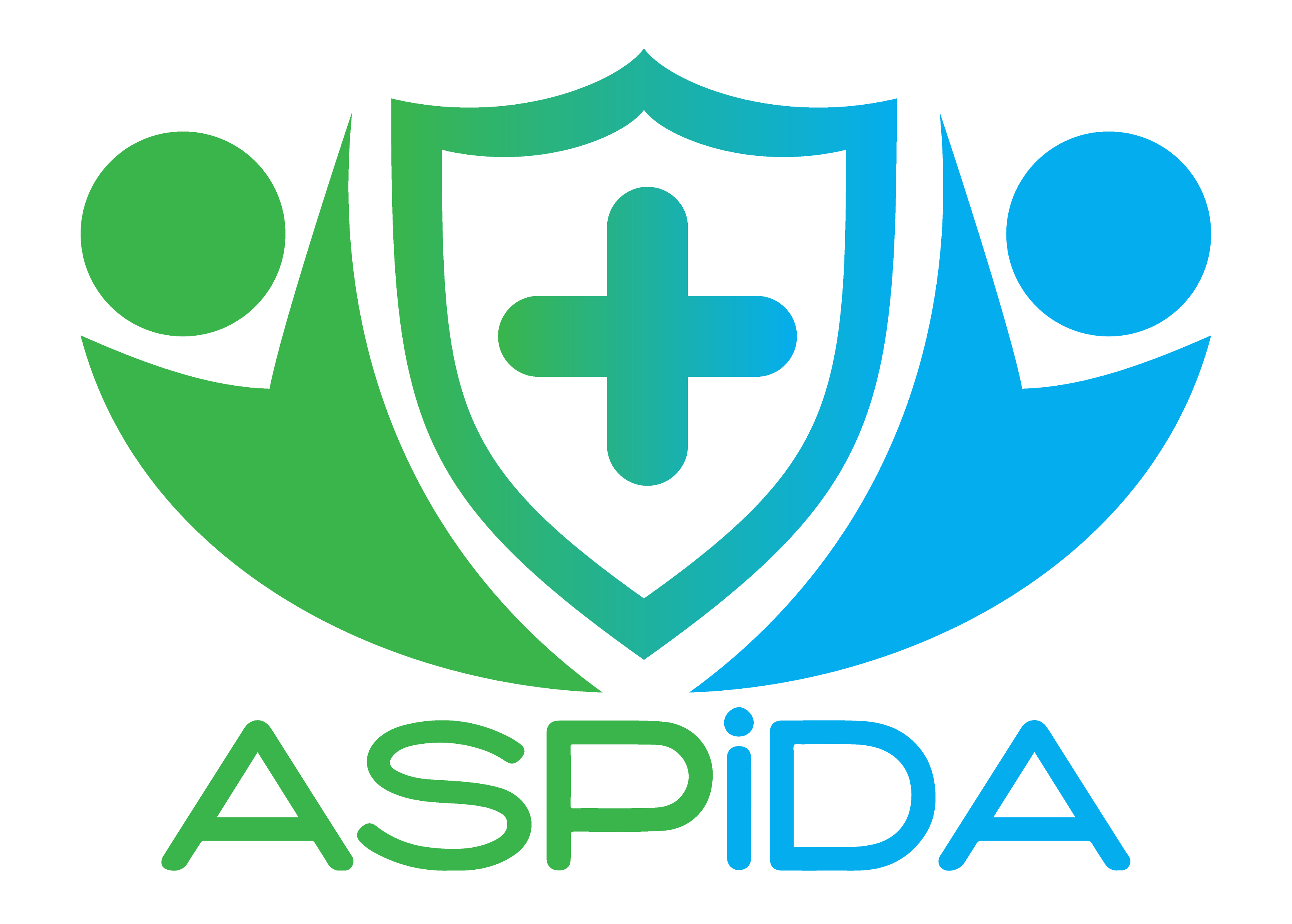⤤ A Study of Machine Learning Regression Techniques for Non-Contact SpO2 Estimation from Infrared Motion-Magnified Facial Video
This work explores the use of infrared low-cost cameras for monitoring peripheral oxygen saturation (SpO2), a vital sign that is particularly important for individuals with fragile health, such as the elderly. The development of contactless SpO2 monitoring utilizing RGB cameras has already proven successful. This study utilizes the Eulerian Video Magnification (EVM) technique to enhance minor variations in skin pixel intensity in particular facial regions. More specifically, the emphasis in this study is in the utilization of infrared cameras, in order to explore the possibility of contactless SpO2 monitoring under low-light or night-time conditions. Many different methods were employed for regression. A study of machine learning regression methods was performed, including a Generalized Additive Model (GAM) and an Extra Trees Regressor, based on 12 novel features extracted from the extracted amplified photoplethysmography (PPG) signal. Deep learning methods were also explored, including a 3D Convolution Neural Network (CNN) and a Video Vision Transformer (ViViT) architecture on the amplified forehead/cheeks video. The estimated SpO2 values of the best performing method reach a low root mean squared error of 1.331 and an R2 score of 0.465 that fall within the acceptable range for these applications.
Journal
Information
Publication Date
May 23rd, 2023
